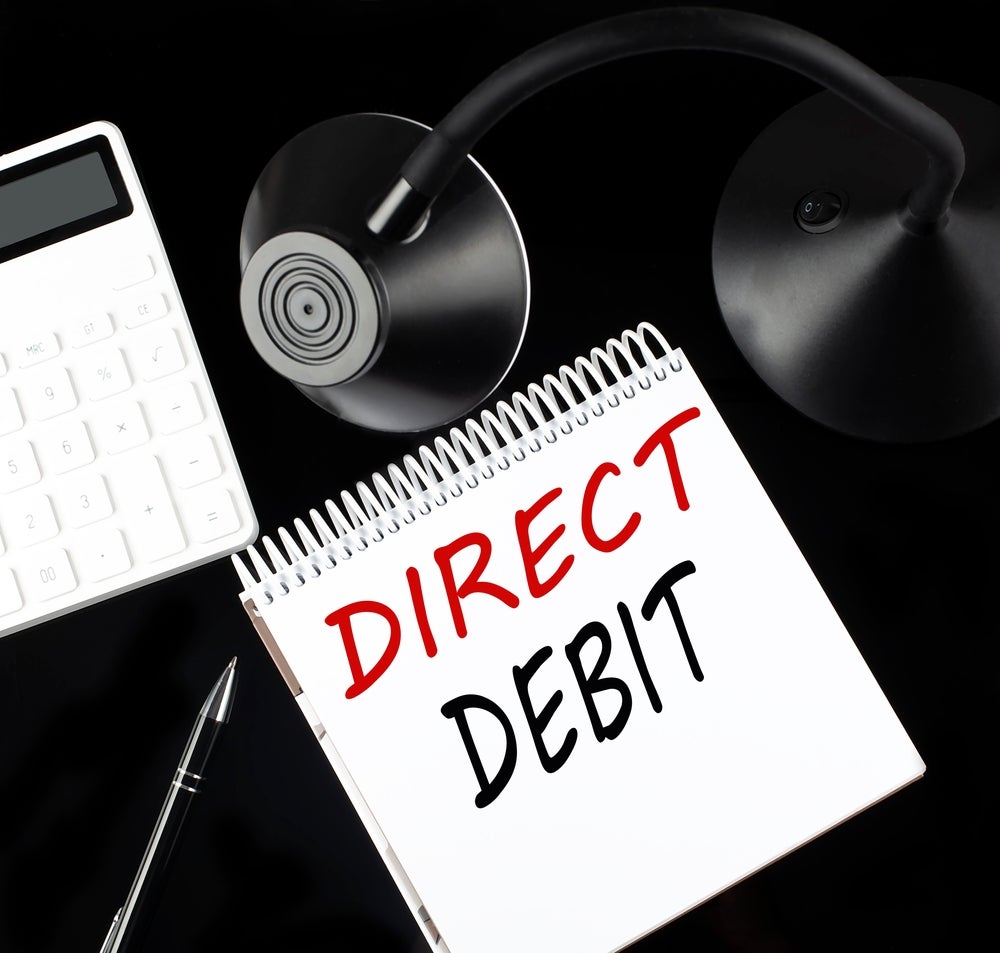More than $9bn has been invested in FinTech companies since 2008. There are hundreds of mobile payments companies out there trying to grab a slice of this market with varying levels of success. David Pipe, global chief marketing officer at MPayMe, discusses the common mistakes around mobile payments
So why is adoption not mirroring the hype? In September 2013, ZNAP commissioned research that demonstrated mobile money is not living up to the hype and failing to deliver for consumers and merchants alike. This is because the industry is focused on payments, an area that’s neither broken or in need of being fixed.
ZNAP surveyed 1,500 UK adults about their mobile phone usage for financial transactions. It showed that despite the plethora of mobile wallets and well over half of the UK population owning the smartphones needed to use these wallets, less than 10% of smartphone users made a point-of-sale payment.
The survey also showed that very few retailers on Oxford Street were set up to accept NFC, with only 7.5% able to accept mobile payments.
When there are already well-established and traditional ways to pay, i.e. cash and cards, what’s the benefit of introducing a rival if it doesn’t come with added value?
Five fatal mistakes
How well do you really know your competitors?
Access the most comprehensive Company Profiles on the market, powered by GlobalData. Save hours of research. Gain competitive edge.

Thank you!
Your download email will arrive shortly
Not ready to buy yet? Download a free sample
We are confident about the unique quality of our Company Profiles. However, we want you to make the most beneficial decision for your business, so we offer a free sample that you can download by submitting the below form
By GlobalDataNew technologies are suffering from one or more of the five fatal mistakes. These mistakes are preventing mobile payments from gaining wide acceptance from both consumers and merchants.
1. They focus exclusively on payment
Neither consumers or merchants are crying out for a mobile payments solution because payments isn’t a problem that needs to be solved. Everyone pays on a daily basis by cash, debit card and credit card, as well as online using Internet banking. Sometimes consumers still write cheques. Consumers can make payments today, and merchants can accept them, in numerous forms.
But if payment is not a problem that needs to be solved, what problems should the mobile payments industry be solving? The three most important ones are:
Channel Management: Merchants need a way to sell to consumers across multiple channels. Merchants should be able to easily sell in-store, online, from printed ads, via mobile commerce, from TV shopping, on mobile POS, and billing (both consumer bills and merchant invoices).
Customer Segmentation: When it comes to vouchers and special offers, merchants cannot escape the "one-size-fits-all" model. A mobile business platform that could segment customers based on preferences or past purchase behaviour, then deliver bespoke offers electronically coupled with payment would provide real value for merchants.
Loyalty: Merchants are not extracting maximum value from investment in loyalty schemes, and consumers suffer from delayed gratification. The holy grail of loyalty is the accrual and as a result, redemption of loyalty points in real-time. This is where a mobile business platform could add real value to both merchants and consumers.
2. They restrict the solution to a single channel
Any mobile payments solution that restricts usage to a single channel – or even just a couple of channels – is doomed to failure. Payment methods must be ubiquitous in order to drive mass consumer adoption. With mobile, a printed ad in a newspaper or magazine could be transformed into a sales channel using a QR-code driven mobile payment solution. Scanning the QR-code downloads the merchant’s catalogue into the mobile, where it can use the app to shop and pay. Geo-location functionality could direct the consumers to the nearest store to pick-up, or simply have the item delivered.
3. They promise to replace your wallet – and fail
Companies offering mobile payment technologies often claim that their technology will replace wallets. Upon closer inspection, the reality falls far short of the promise. Even if all the company is trying to do is facilitate a payment, a mobile payment app needs to cater for multiple funding sources: credit cards, debit cards, bank accounts, even stored value.
4. They focus exclusively on retail
Virtually all of the mobile payments solutions on the market today are focused on "shopping" – the retail channel. The bulk of the monthly household spending typically includes, mortgage payments, insurance payments, utility bills, mobile phone contracts and credit card repayments. Recurring direct debits (or "auto-pay"), adoption is far below what merchants would like because consumers resist for fear of losing control. But what about allowing a consumer to set up a direct debit via the mobile payments app, and where the consumer still remains in control. Consumer adoption would increase, resulting in millions saved from better cash flow management for large billers like utilities.
5. They only offer a domestic service
Cards and cash can be used internationally, yet nearly all mobile payments solutions offer only a domestic service within a single country. Large international events such as the Olympics and Rugby World Cup attract consumers from all over the world who require ubiquitous payment methods while abroad. Virtually all of the mobile payments applications seen today are only focused on their home domestic market – they are useless once leaving the country.
What’s the solution?
What’s needed is a solution that addresses the real and diverse needs of merchants and consumers. Yet another method of payment isn’t enough unless it comes with add-ons such as data and loyalty scheme management for merchants. It also needs to provide a relevant, versatile and wide-reaching customer experience for consumers.
The industry needs to provide consumers a service that will genuinely revolutionise how they manage their day to day finances, not give them a new and largely trivial way to buy a coffee.
David Pipe is Global Chief Marketing Officer at MPayMe






